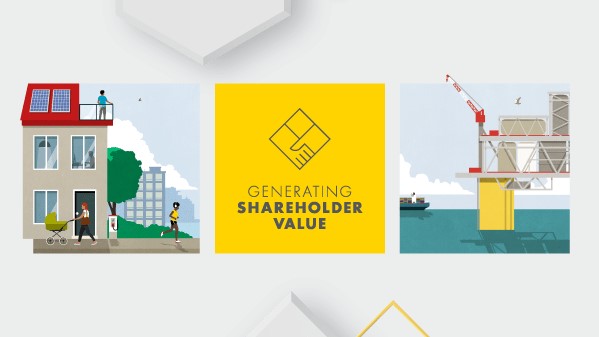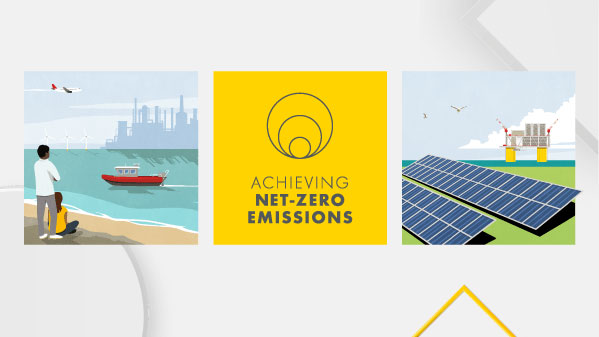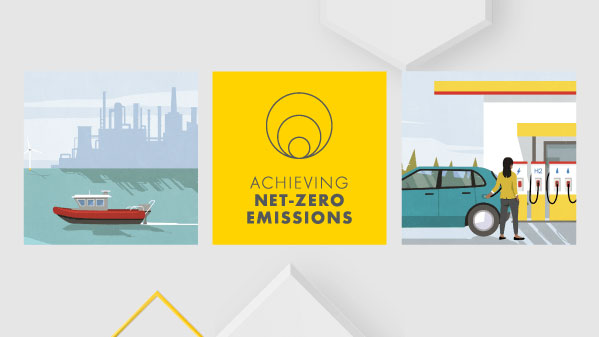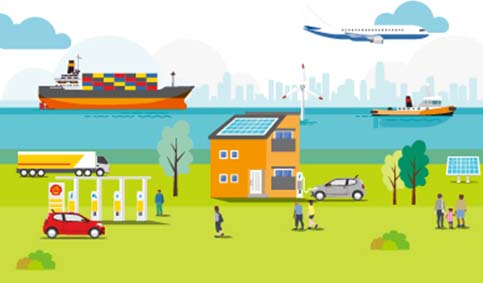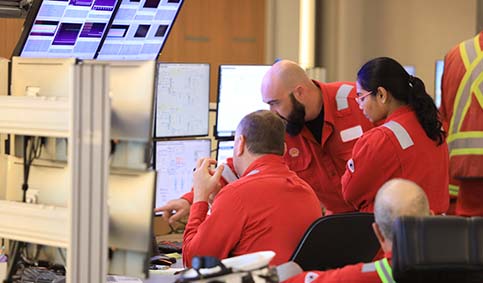Saint Lucia
Employees
0
-
Third-party revenues
$22,999,500
-
Related-party revenues
$3,152,781
-
Total revenues
$26,152,281
-
Profit before tax
$140,988,770
-
Corporate income tax paid
$0
-
Corporate income tax accrued
$0
-
Stated capital
$1,286,523,845
-
Accumulated earnings
$(742,721,723)
-
Tangible assets
$0
-
Other payments to governments
–
Shell’s footprint
Shell has been present in Saint Lucia since 2016 through investment holding companies for upstream and liquefied natural gas operations in the Caribbean. The holding companies were inherited as part of Shell’s acquisition of BG Group which began business in-country in 2002. These entities have interests in companies doing business in Trinidad and Tobago (see Trinidad and Tobago for more information). Following our review of these entities in 2021, we consolidated our operations in the region and simplified our holding structures. This included the liquidation of four Saint Lucian entities in that same year. In 2022, we began to liquidate our one remaining entity in Saint Lucia.
Country financial analysis
The statutory corporate income tax rate in Saint Lucia is 30%. Saint Lucia does not tax dividends on investments if they are paid from profits that have already been taxed in the country where the activities that generated the profits take place. As a result, Shell does not pay corporate income tax in Saint Lucia. Shell has no employees in the country and outsources its administrative activities. In 2022, the holding company earned revenue in the form of dividend income and recorded its share of profit from its investment in liquefied natural gas operations in Trinidad and Tobago.

